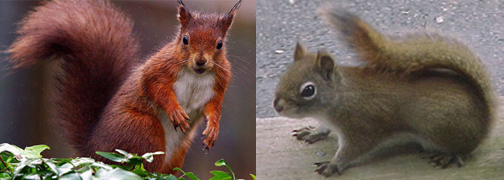Enter the Jellyfish Fantasy Hall at Enoshima Aquarium south of Tokyo and you will find yourself surrounded by dazzling swarms of gently pulsating creatures… Jellyfish, which have inhabited the world’s oceans in one form or another for over one billion years, come in a dizzying array of shapes, sizes and colors.
– from Pink Tentacle
It’s an interesting time to be celebrating these Ophelia-esque critters who mark so many things, from alien beauty to changing oceans (beautiful horror/reality in this LA Times editorial on “Altered Oceans“). It’s not surprising to find that the phrases “The Rise of Slime” or “Invasion of the The Jellyfish Blooms” read like science fiction.
Rising temperatures in the oceans are a root cause of these blooms, attributable to ocean acidity levels, toxic sewage and animal waste runoffs, fertilizer dumping (fish or land farming), overfishing and other pollutants. “The Rise of Slime,” a return to primordial oceans, is one descriptor of a Dead Zone, a drastic reduction in the ocean’s oxygen levels. Jellyfish are one of the only animals who can thrive in this climate.
The EPOCA/Ocean Acidification blog sums it up nice and heavy:
“They are calling it “the other CO2 problem”. Its victim is not the polar bear spectacularly marooned on a melting ice floe, or an eagle driven out of its range, nor even a French pensioner dying of heatstroke. What we have to mourn are tiny marine organisms dissolving in acidified water.
In fact we need to do rather more than just mourn them. We need to dive in and save them. Suffering plankton may not have quite the same cachet as a 700-kilo seal-eating mammal, but their message is no less apocalyptic. What they tell us is that the chemistry of the oceans is changing, and that, unless we act decisively, the limitless abundance of the sea within a very few decades will degrade into a useless tidal desert.”

Link to some info on the Gulf of Mexico Dead Zone, currently the largest in the world.
Link to more general information about Dead Zones and the jellyfish connection










